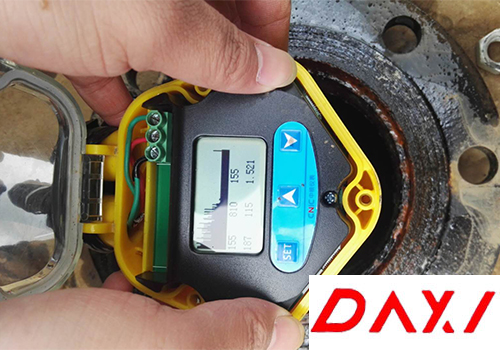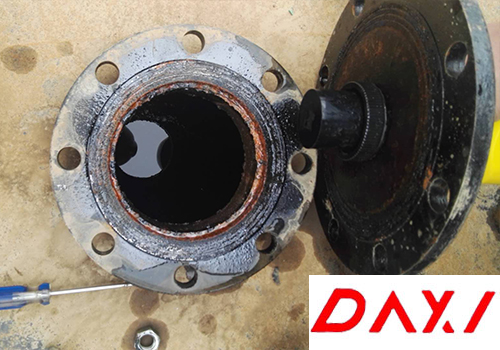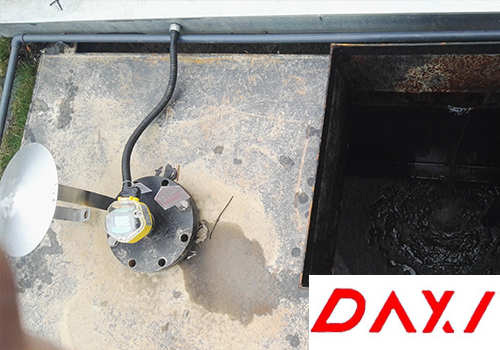Grit Removal is a crucial step in wastewater treatment, efficiently eliminating solid particles to purify water and provide a cleaner source for subsequent treatment processes, thereby extending the lifespan of related equipment.
Sand grains, consisting of sand, fine metal, and particles, are common by-products of industrial activities like sandblasting. Mishandling this substance can pose serious environmental risks. Efficient and safe Grit Removal is essential for maintaining operational efficiency and environmental protection.
Initially, raw sewage entering the wastewater treatment plant is directed into the Grit Removal tank. These sewage streams contain suspended solid particles, including sand, mud, and other impurities.
Governments worldwide impose strict control standards on the Grit Removal process. Wastewater treatment plants and Grit Removal service providers must adhere strictly to these standards.
Two crucial Water Quality Analyzers used in the Grit Removal process are the Suspended Solids Meter and the Liquid Level Meter. The Suspended Solids Analyzer monitors and analyzes the concentration of suspended solids in wastewater, we usually call them SS Meter or MLSS Meter too. While the Liquid Level Meter measures the boundary between the clear water and the sludge after sewage stratification, facilitating the next steps in the wastewater treatment process.
The suspended solids in wastewater mainly comprise suspended solids, plankton, organic matter, and bubbles. The Daxin Suspended Solids Analyzer employs laser scattering technology and a multi-parameter detection system to monitor and analyze suspended solids in wastewater comprehensively. It utilizes the "light scattering method" measurement principle.
The light scattering method uses light as the detection signal, analyzing the scattered and transmitted light signals of suspended particle particles to measure parameters such as suspended solids concentration and particle size, thus monitoring suspended solids in wastewater. The Daxin Suspended Solids Analyzer uses an 860nm LED light source for measurement. Since the concentration of suspended particles in sewage is high, traditional 90-degree light scattering measurement may be blocked by suspended particle particles, making it difficult to obtain accurate measurements. Therefore, we use a 30-degree directional light scattering measurement to effectively solve the problem of light source blockage.
Moreover, the optical surface of the Daxin suspended solids sensor is coated with a unique nano anti-fouling coating, enabling the sensor to operate maintenance-free for two months.
DAXIN Ultrasonic level meters are commonly used instruments for measuring liquid levels. They determine the height of liquids by emitting and receiving ultrasonic signals. In wastewater treatment plants, ultrasonic level meters are widely used to measure sewage levels, monitoring and controlling the entire treatment process.
Firstly, ultrasonic level meters feature non-contact measurement, eliminating the need to directly contact sewage, thereby avoiding contamination and damage common in traditional contact-level measurements. This is particularly crucial for wastewater treatment plants, as sewage may contain various harmful substances, posing risks to both the instruments and the environment.

Secondly, ultrasonic level meters offer high accuracy and stability, providing precise level data. They measure liquid height by analyzing the propagation time difference of ultrasonic waves, unaffected by factors such as liquid color, turbidity, and temperature. This enables ultrasonic level meters to operate stably in harsh environments like wastewater treatment plants, providing reliable level information to help operators promptly understand sewage level conditions in sewage tanks or reactors.
The working principle of ultrasonic level meters involves emitting ultrasonic signals and measuring the time taken for the signal to travel from emission to reception to calculate liquid height. The sensor emits ultrasonic signals into sewage tanks or reactors. When the signal encounters the liquid surface, it reflects and is received by the sensor. By measuring the round-trip time of the ultrasonic signal, the liquid height can be calculated.

In sewage treatment plants, ultrasonic level gauges are often used to measure the liquid level of various sewage tanks, such as regulating tanks, sedimentation tanks, digestion tanks, etc. By real-time monitoring of liquid level changes, operators can understand the operation of the sewage treatment process, adjust the treatment process in a timely manner, and ensure the effectiveness of sewage treatment. In addition, the ultrasonic level gauge can also be connected to the automatic control system to achieve automatic control of the liquid level, improving the efficiency and stability of sewage treatment.

However, it should be noted that ultrasonic level gauges also have some limitations when measuring sewage level. First, the measurement results are affected by bubbles, particles and foam in the liquid, which may lead to measurement errors. Secondly, due to the possible presence of chemicals in wastewater, the sensors of ultrasonic level gauges may be corroded and require regular maintenance and repair.
Contact: Boboscot.xie
Phone: 13802394840
Tel: 0769-81052116
Email: dongshanxie@139.com
Add: No.1, tangkeng 4th lane, Fushan, Liaobu Town, Dongguan City, Guangdong Province